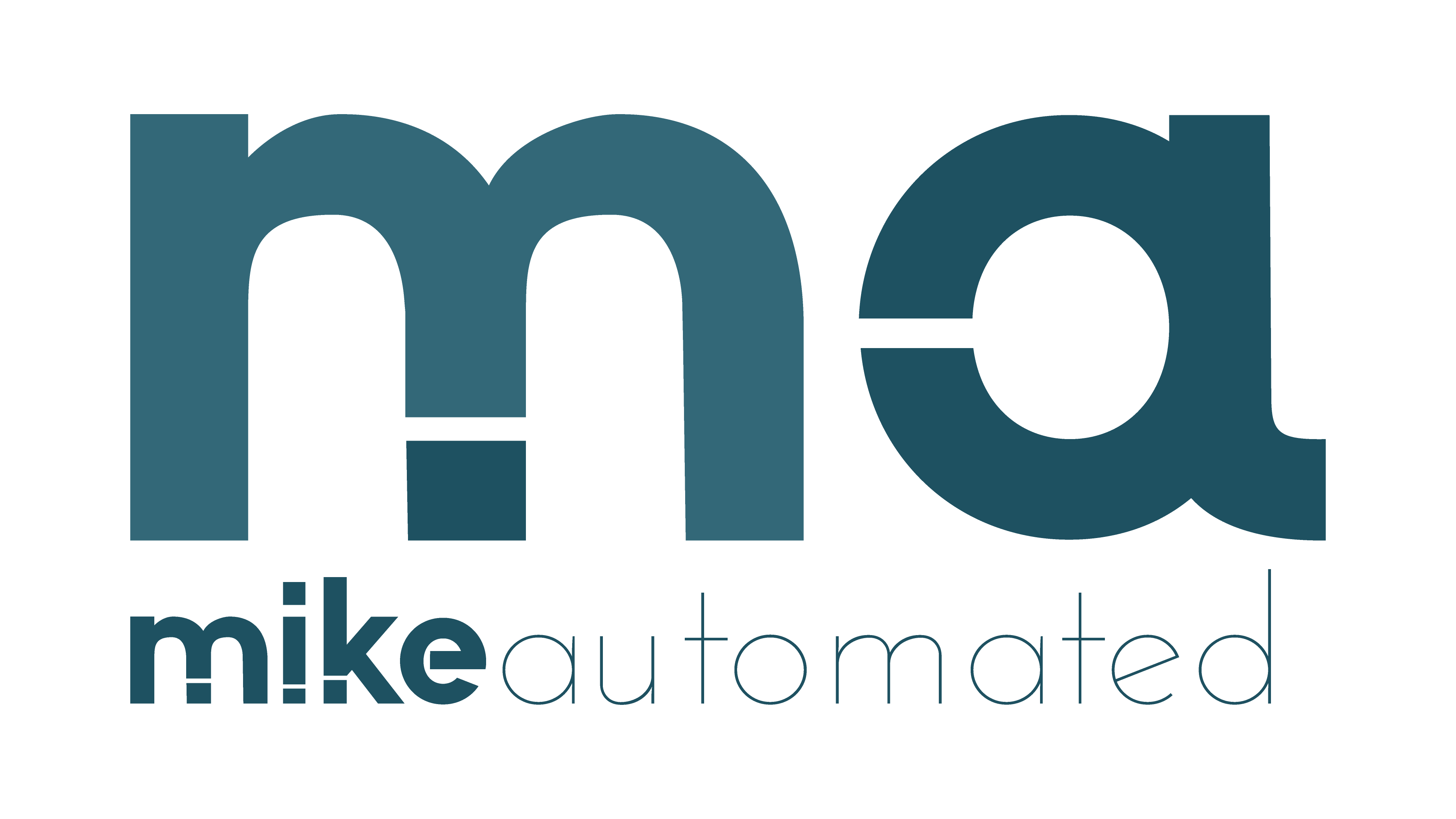TL;DR
- Open-source AI frameworks provide accessibility, transparency, and rapid innovation opportunities.
- Popular tools like TensorFlow, PyTorch, and Hugging Face drive AI development.
- Key risks: potential misuse, security vulnerabilities, and scalability challenges.
- Understanding trade-offs between open-source and proprietary tools is essential for developers.
- Embrace open-source AI responsibly by considering ethical implications and licensing policies.
Introduction
The rise of open-source AI frameworks is shaping the technology landscape, democratizing innovation and expanding what’s possible in artificial intelligence development. From powering cutting-edge research to making advanced machine learning (ML) tools accessible to all, open-source AI is transforming industries. But while opportunities abound, it’s critical to consider the associated risks and challenges. This article examines what open-source AI is, why it matters, and how developers and organizations can navigate this growing space responsibly.
What Is Open-Source AI?
Open-source AI refers to machine learning frameworks, libraries, and tools where the source code is freely available for use, modification, and distribution. Unlike proprietary AI systems, which are developed and maintained privately by organizations, open-source AI projects encourage collaboration and community-driven improvements.
Examples of popular open-source AI frameworks include:
- TensorFlow: A leading framework for deep learning and neural network models.
- PyTorch: A flexible platform favored for research and production deployments.
- Hugging Face Transformers: Renowned for its natural language processing (NLP) capabilities.
Why Does Open-Source Matter?
Open-source AI offers numerous benefits, including:
- Accessibility: Developers worldwide can access advanced tools without cost barriers.
- Transparency: Open codebases offer visibility into underlying algorithms and data handling practices, fostering trust.
- Community Innovation: Contributions from diverse developers accelerate progress and foster creativity.
Opportunities in Open-Source AI
Open-source AI frameworks unlock significant opportunities for individuals, startups, and enterprises alike. Here’s how:
1. Democratizing AI Development
In the past, developing AI applications required expensive software licenses and powerful proprietary tools. Open-source tools level the playing field, enabling access to state-of-the-art resources at no cost. For example, tools like Google’s TensorFlow allow even small teams to innovate in areas like computer vision and speech recognition.
2. Accelerating Research and Innovation
Projects like OpenAI’s GPT models and the Hugging Face NLP library have demonstrated how collaborative efforts can drive rapid advancements. Researchers and engineers focus on iterative improvements instead of reinventing already-available components, boosting productivity.
3. Reducing Time-to-Market
Using pre-built and tested open-source libraries helps organizations launch AI-powered applications faster. Tools such as PyTorch simplify workflows, accelerating transition from experimentation to production.
4. Lowering Costs
By eliminating licensing fees for software, open-source AI significantly reduces overall project costs. This is invaluable for startups and small-medium enterprises (SMEs) constrained by limited budgets.
Risks and Challenges
Despite its advantages, open-source AI comes with risks. Understanding these challenges is crucial for informed development.
1. Misuse and Ethical Concerns
Open-source frameworks are publicly accessible, which means bad actors can exploit them for malicious purposes. For example, generative models like GPT can be used to produce deepfakes or automate misinformation campaigns.
2. Security Vulnerabilities
Open-source code can be vulnerable to exploitation if not sufficiently reviewed or maintained. Hackers may exploit weaknesses, exposing systems to attacks.
3. Resource Scalability
While open-source solutions handle development well, scaling these solutions for enterprise-grade operations often requires significant expertise and resources, which can limit adoption by smaller organizations.
4. Licensing Complexities
Open-source licenses sometimes come with restrictions, such as requiring attributions or imposing limits on commercialization. Developers must carefully adhere to these terms to avoid legal complications.
Choosing an Open-Source AI Framework
Selecting the right AI framework depends on the project requirements and organizational goals. Consider the following factors:
1. Use Case Compatibility
Analyze the framework’s strengths. TensorFlow performs well for production-grade applications, whereas PyTorch excels in rapid prototyping.
2. Community Support
A robust user community and regular updates from maintainers ensure long-term reliability and access to solutions for common problems. For example, Hugging Face’s strong user community provides extensive tutorials and pre-trained models.
3. Scalability
If designing systems for high-demand environments, ensure the framework can scale efficiently. Kubernetes-native tools or platforms that integrate well with cloud providers may be worth exploring.
4. Licensing
Evaluate whether licensing permits your intended use, especially for commercial projects. For instance, frameworks under restrictive licenses may limit applications in proprietary software.
Practical Tips for Embracing Open-Source AI
Here are actionable strategies for effectively using open-source AI tools:
- Stay Updated: Follow developments in the AI landscape and actively engage with open-source communities.
- Contribute to Projects: Giving back by improving documentation or submitting bug fixes enhances skills while supporting the ecosystem.
- Implement Security Controls: Regularly audit open-source code for vulnerabilities and integrate robust security practices in deployments.
- Vet Licensing Terms: Ensure compliance with license requirements to mitigate legal risks.
Future of Open-Source AI
Looking ahead, open-source AI is expected to continue evolving toward greater inclusivity and deeper specialization. Emerging trends include:
- Community-Curated Datasets: Open-source initiatives are expanding to include high-quality, shared datasets, addressing challenges in training robust ML models.
- Interoperability Improvements: Tools enabling seamless integration across frameworks (e.g., ONNX for PyTorch-TensorFlow conversion) will further simplify workflows.
- AI for Ethical Applications: Increased emphasis on fairness, bias detection, and governance will help ensure responsible AI use.
Conclusion
Open-source AI is revolutionizing how developers and businesses approach artificial intelligence. With accessibility, transparency, and collaboration at its core, this space offers the foundation to innovate at scale. However, stakeholders must carefully weigh risks, focusing on ethical implications, security, and scalability to harness open-source tools responsibly. By striking this balance, organizations can capitalize on the opportunities open-source AI brings while mitigating its challenges.
Start engaging with the AI ecosystem today by exploring frameworks like TensorFlow or PyTorch—or contributing to an exciting community-driven project. Together, we can shape an AI-enabled future that benefits everyone.
Suggested Visual:
A
diagram comparing key open-source AI frameworks, highlighting features like scalability, community support, and use-case specialization, would help readers choose the right tool for their needs.



